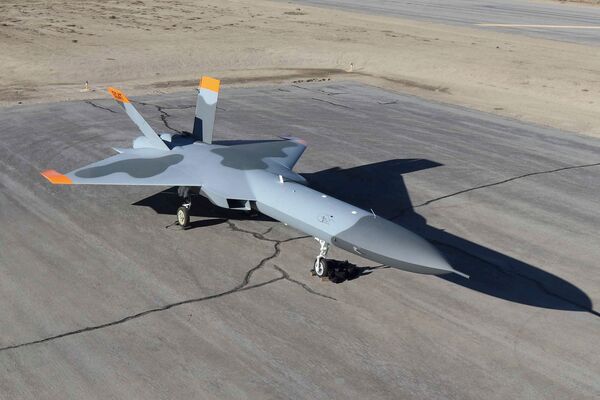
The Air Force Life Cycle Management Center recently posted a request for information (RFI) for a supersonic-capable Next Generation Aerial Target (NGAT). NGAT is an aerial target drone, intended to be used for the testing and evaluation of air-to-air and surface-to-air missiles, countermeasures, radars, and other sensors, along with simulating various aerial threats during training exercises.
“Numerous and varied threats throughout the world, plus tighter defense budgets, drive the need for new and innovative solutions towards providing the NGAT. The objective of this RFI is to determine the existence of sources that have the capability to design, integrate, build, test, manufacture, and deliver an affordable aerial target that is threat representative,” the RFI states.
The NGAT should have an expendable and inexpensive design,and be able to be recovered and reused if it is not destroyed in the course of a mission. It could either be launched and/or recovered from a traditional runway or through other means, such as a rocket-assisted takeoff from a launcher and recovery by parachute. It should also be able to fly for up to 2 hours at a time at altitudes anywhere between 100 and 50,000 feet. It also should be capable of conducting two supersonic dashes – flying at least Mach 1.2 at an altitude of at least 30,000 feet for between two and four minutes – in the course of one sortie. The flying targets will be required to be able to carry an internal payload of up to 500 pounds, consisting of up to five different systems, and up to 450 pounds of stores under each wing.
The Air Force wants NGAT to be a highly modular design that will allow for the integration of new and improved capabilities and functionality into the future.
“The NGAT solution is envisioned with flexibility and growth capability to adapt to new technologies for future threat representation, leverage technologies and design/manufacturing practices to give the vehicle the ability to grow with future technologies, and enable modifications to the system in order to keep up with emerging threats,” the RFI says. “The Air Force is interested in developing and demonstrating technologies that could enable highly affordable and capable vehicles.”
